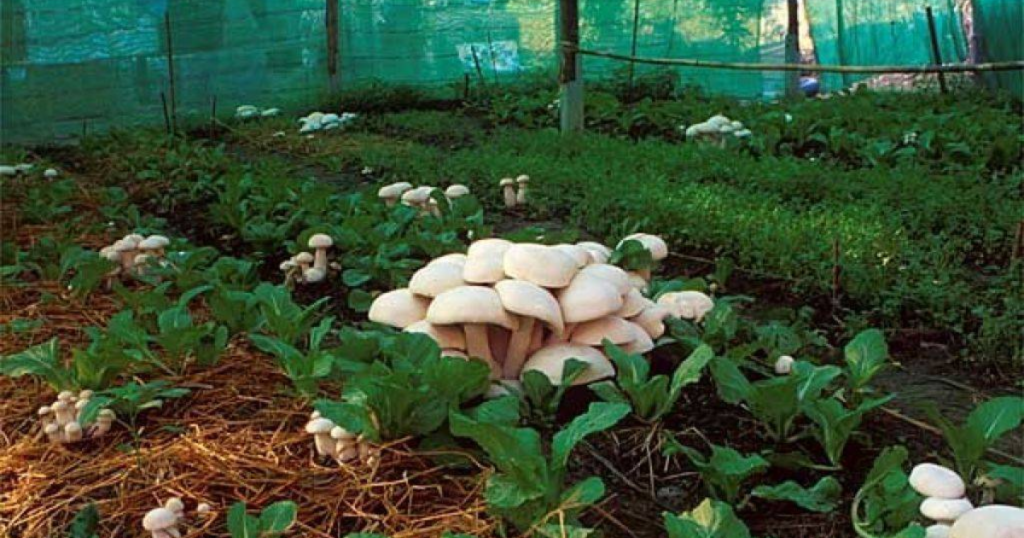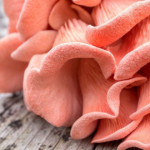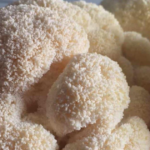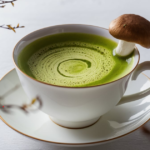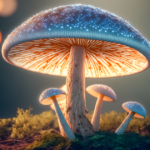Mushrooms are fungi that typically produce a fleshy, spore-bearing fruiting body, often above ground or on a food source. They come in various shapes, sizes, and colors, and include both edible and inedible varieties.
Mushrooms are fascinating organisms that bridge the gap between the plant and animal kingdoms, offering a world of culinary delights and medicinal wonders. From the dense forests to your dinner plate, these fungi have captivated humans for centuries with their unique flavors, textures, and health benefits. Beyond their culinary appeal, mushrooms are packed with nutrients and bioactive compounds that can boost immunity and promote overall well-being. As versatile as they are mysterious, mushrooms hold secrets that modern science is only beginning to uncover.
They thrive in diverse environments, ranging from forests to grasslands, and play crucial ecological roles in nutrient cycling and soil formation. Edible mushrooms, such as shiitake and portobello, are cherished for their culinary versatility and rich flavors. Some mushrooms, like reishi and lion’s mane, are also renowned for their medicinal properties, offering potential health benefits like boosting immunity and improving cognitive function. However, it’s essential to identify mushrooms accurately, as some species are toxic and can cause serious health issues if consumed.
Understanding Mushroom Biology
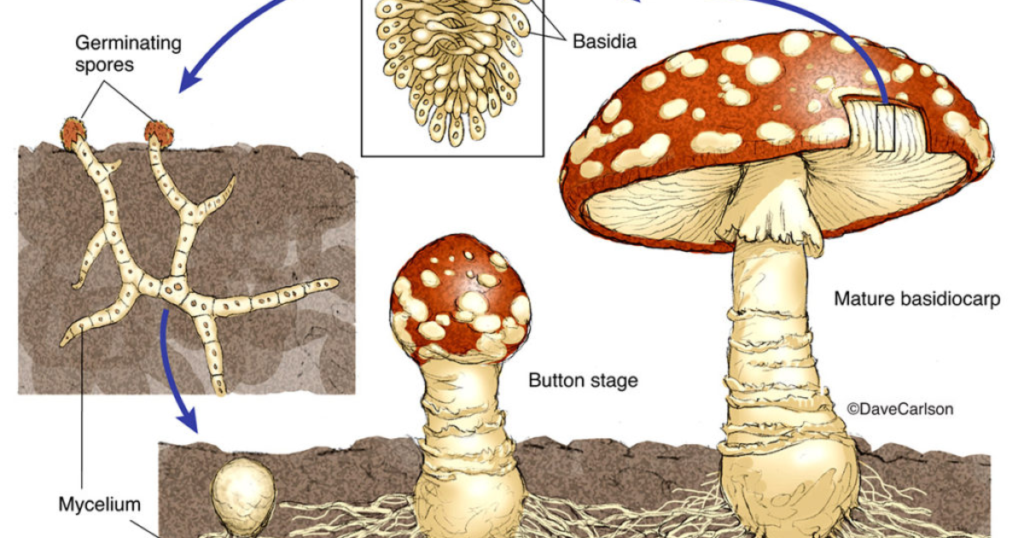
Mushrooms are a type of fungi, distinct from plants and animals. Unlike plants, mushrooms do not produce chlorophyll and cannot photosynthesize. Instead, they derive their nutrients by decomposing organic matter. The visible part of a mushroom is the fruiting body, which releases spores for reproduction. The mycelium, a network of thread-like structures called hyphae, forms the vegetative part of the fungus, growing underground or within a substrate.
The lifecycle of a mushroom begins with spores, which germinate to form mycelium under suitable conditions. The mycelium then grows and spreads, eventually producing fruiting bodies when the environment is right. Understanding this lifecycle is crucial for successful mushroom cultivation.
Choosing the Right Mushroom Variety
Before you start growing mushrooms, it’s important to choose the right variety. Some popular and beginner-friendly options include:
Oyster Mushrooms
Easy to grow and adaptable to various substrates.
White Button Mushrooms
Commonly used in cooking and grows well in compost.
Shiitake Mushrooms
Known for their rich flavor, they thrive on hardwood logs.
Lion’s Mane Mushrooms
Unique appearance and medicinal benefits, best grown on hardwood or sawdust.
Each variety has specific growing requirements, so choose one that matches your available resources and conditions.
Setting Up Your Growing Environment
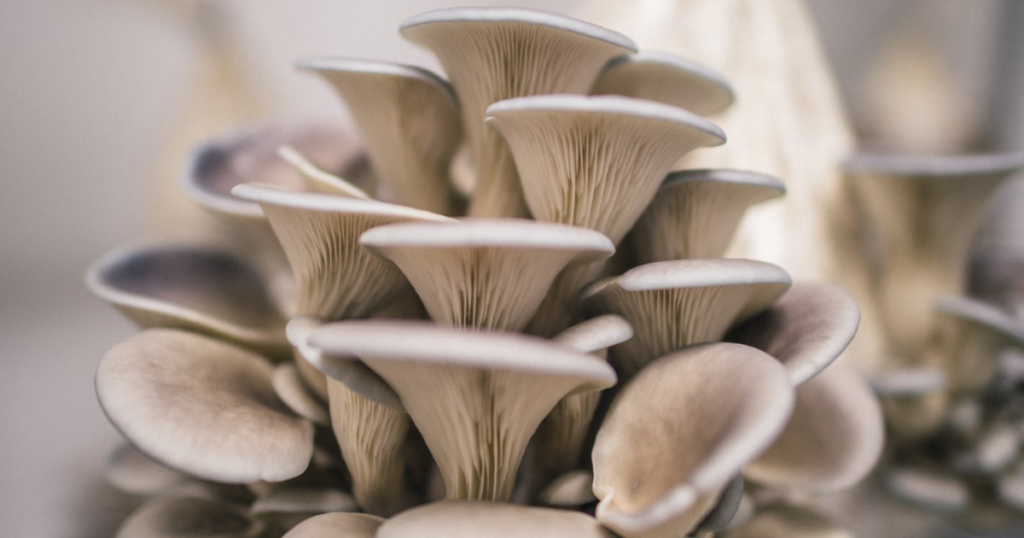
Creating the ideal environment for mushroom growth involves several key factors: substrate, temperature, humidity, and light.
Substrate
The substrate serves as the nutrient base for the mycelium. Different mushrooms require different substrates. For instance, oyster mushrooms can grow on straw, coffee grounds, or cardboard, while shiitake mushrooms prefer hardwood logs or sawdust.
Temperature
Mushrooms have specific temperature requirements. Most varieties prefer a range between 55°F and 75°F (13°C to 24°C). Maintaining a stable temperature is essential for mycelium growth and fruiting.
Humidity
High humidity levels (around 85% to 95%) are crucial for mushroom cultivation. Regular misting or using a humidity tent can help maintain the necessary moisture levels.
Light
While mushrooms do not require light to grow, some exposure to indirect light helps in the development of fruiting bodies. Avoid direct sunlight, which can dry out the substrate.
Preparing the Substrate
The substrate preparation varies depending on the type of mushroom and the chosen material. Here’s a general method for preparing straw for oyster mushrooms:
Cut and Soak
Chop the straw into small pieces and soak it in hot water (160°F to 180°F) for about an hour to pasteurize and kill any unwanted organisms.
Drain and Cool
Drain the straw and let it cool to room temperature.
Inoculate
Mix the cooled straw with mushroom spawn (mycelium-inoculated grain or sawdust). Ensure even distribution of the spawn throughout the substrate.
For shiitake mushrooms on logs:
Select Logs
Choose hardwood logs, preferably oak, that are about 3 to 6 inches in diameter and freshly cut.
Drill Holes
Drill holes about 1 inch deep and 6 inches apart along the length of the logs.
Inoculate
Insert shiitake spawn (in plug or sawdust form) into the holes and seal with wax to prevent contamination.
Inoculating and Incubating
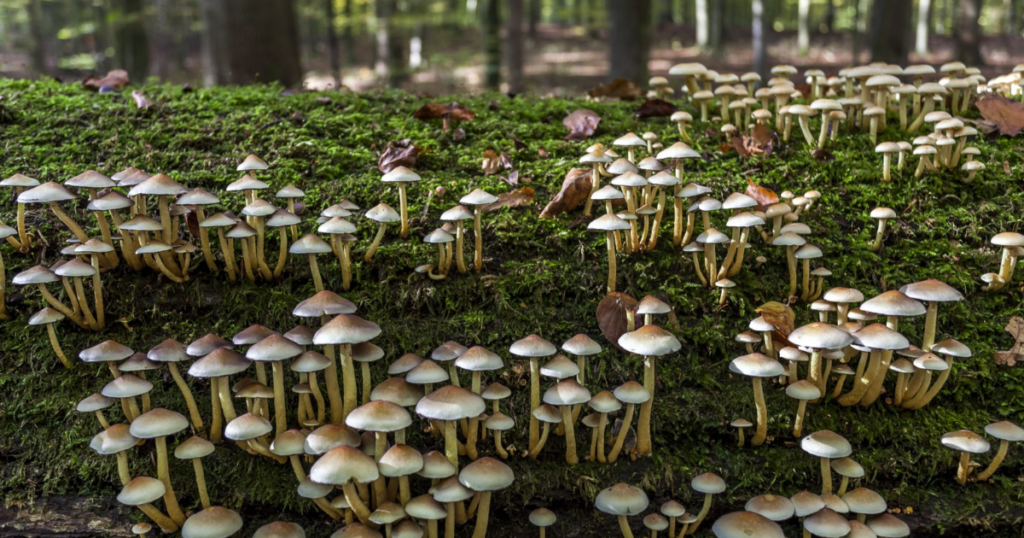
Once the substrate is prepared and inoculated, it’s time for the mycelium to colonize the material. This stage, called incubation, is crucial for successful mushroom growth.
Incubation Conditions
Place the inoculated substrate in a dark, warm environment. A temperature range of 65°F to 75°F (18°C to 24°C) is ideal. Maintain high humidity and avoid disturbances.
Monitoring
Over the next few weeks, monitor the substrate for signs of mycelium growth. White, thread-like structures spreading throughout the substrate indicate successful colonization. If you notice any mold or contamination, remove the affected area immediately.
Patience
The incubation period can take several weeks to a few months, depending on the mushroom variety and growing conditions. Patience is key during this phase.
Fruiting and Harvesting
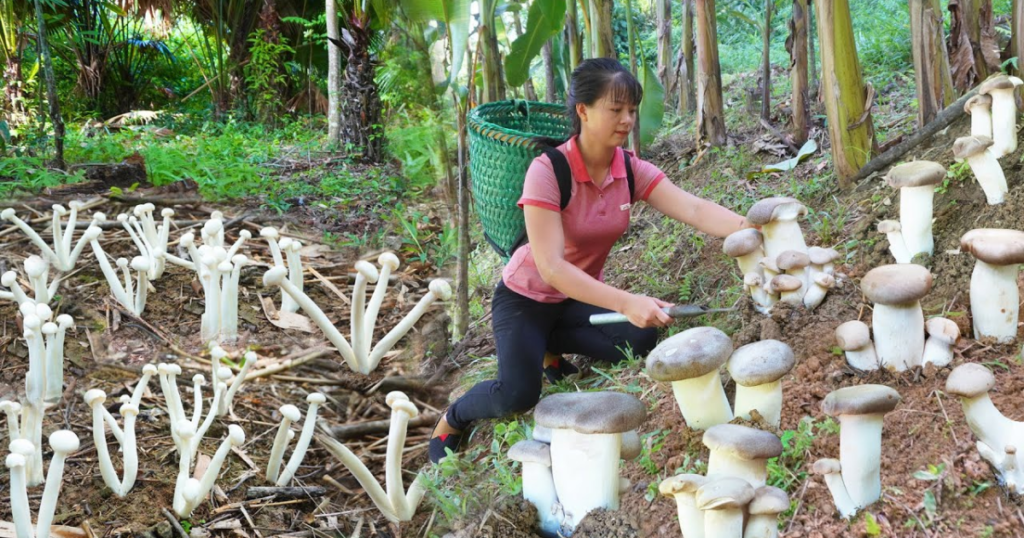
Once the mycelium has fully colonized the substrate, it’s time to initiate fruiting. This process involves creating conditions that encourage the formation of fruiting bodies.
Temperature and Light
Lower the temperature slightly and introduce indirect light to stimulate fruiting. For example, oyster mushrooms fruit best at around 60°F to 70°F (15°C to 21°C).
Humidity and Fresh Air
Maintain high humidity (85% to 95%) and increase air circulation. Fresh air exchange helps trigger fruiting and prevents the buildup of carbon dioxide.
Misting
Regularly mist the substrate to keep it moist. Be careful not to overwater, as excessive moisture can lead to contamination.
Harvesting
Mushrooms are ready to harvest when the caps have fully opened but before the edges start to curl up. Gently twist and pull the mushrooms from the substrate. Avoid cutting them, as this can leave behind stems that may rot.
Read More:
Can You Freeze Mushrooms
Troubleshooting Common Issues
Even with careful preparation, you may encounter some challenges when growing mushrooms. Here are a few common issues and solutions:
Contamination
Contaminants like mold or bacteria can hinder mushroom growth. Ensure proper sterilization or pasteurization of the substrate and maintain a clean growing environment.
Slow Growth
If mycelium growth is slow, check temperature, humidity, and substrate conditions. Adjust as needed to create optimal growing conditions.
No Fruiting
If mushrooms fail to fruit, re-evaluate the fruiting conditions. Ensure adequate light, fresh air exchange, and humidity levels.
Pests
Insects or rodents can damage the substrate and mycelium. Use protective measures like screens or barriers to keep pests away.
Scaling Up Your Mushroom Cultivation
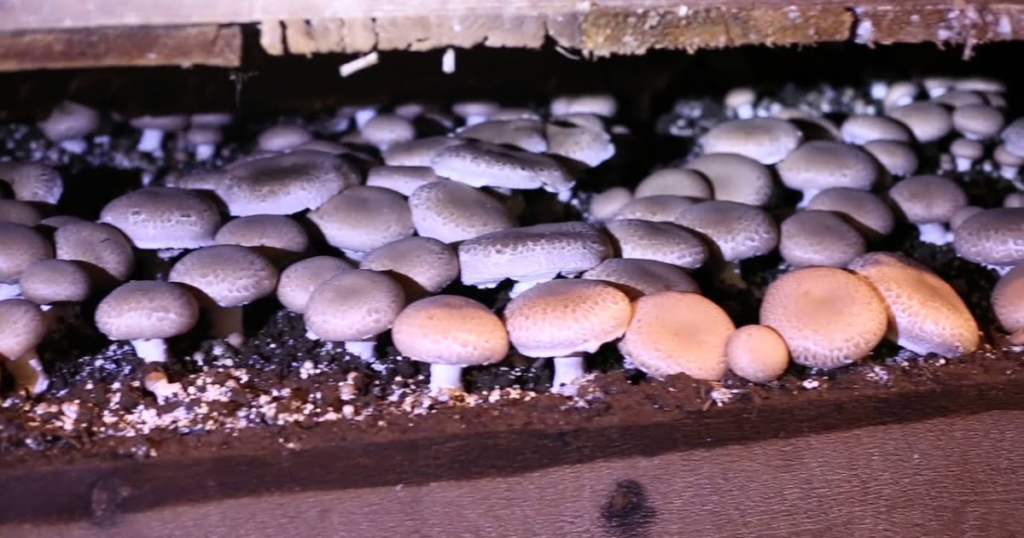
Once you’ve successfully grown mushrooms on a small scale, you may want to expand your operation. Scaling up involves larger substrates, more extensive growing environments, and potentially, selling your mushrooms.
Larger Substrates
Instead of small bags or containers, use larger substrates like barrels, larger logs, or dedicated mushroom beds.
Controlled Environment
Invest in a controlled environment like a grow room or greenhouse. This allows better control over temperature, humidity, and light.
Marketing and Sales
If you plan to sell your mushrooms, research local markets, restaurants, and grocery stores. Emphasize the freshness and quality of your homegrown mushrooms.
Continuous Learning
Stay informed about new techniques, substrates, and mushroom varieties. Join mushroom cultivation forums, attend workshops, and read relevant literature to enhance your knowledge.
FAQs
What is the easiest mushroom to grow for beginners?
Oyster mushrooms are often considered the easiest for beginners due to their adaptability and fast growth.
Can I grow mushrooms indoors?
Yes, many mushroom varieties can be successfully grown indoors with the right conditions.
How long does it take to grow mushrooms?
The timeline varies by species, but most mushrooms take several weeks to a few months from inoculation to harvest.
Do mushrooms need light to grow?
While they don’t need light for mycelium growth, some light exposure helps with the development of fruiting bodies.
Can I reuse the substrate after harvesting mushrooms?
It’s possible to reuse the substrate, but it’s often depleted of nutrients. Mixing it with fresh substrate can enhance future yields.
Conclusion
Growing mushrooms is a rewarding endeavor that combines patience, knowledge, and attention to detail. By understanding mushroom biology, choosing the right variety, and creating optimal growing conditions, you can successfully cultivate your own fungi. Whether you’re growing for personal use or considering a larger-scale operation, the principles outlined in this guide provide a solid foundation for your mushroom-growing journey.
Embrace the process, learn from any challenges, and enjoy the satisfaction of harvesting your own fresh, homegrown mushrooms. With dedication and care, you’ll be able to produce bountiful harvests and potentially even explore new and exciting varieties in the future. This rewarding practice not only supplies you with nutritious food but also connects you to the fascinating world of fungi, enriching both your table and your understanding of nature.

